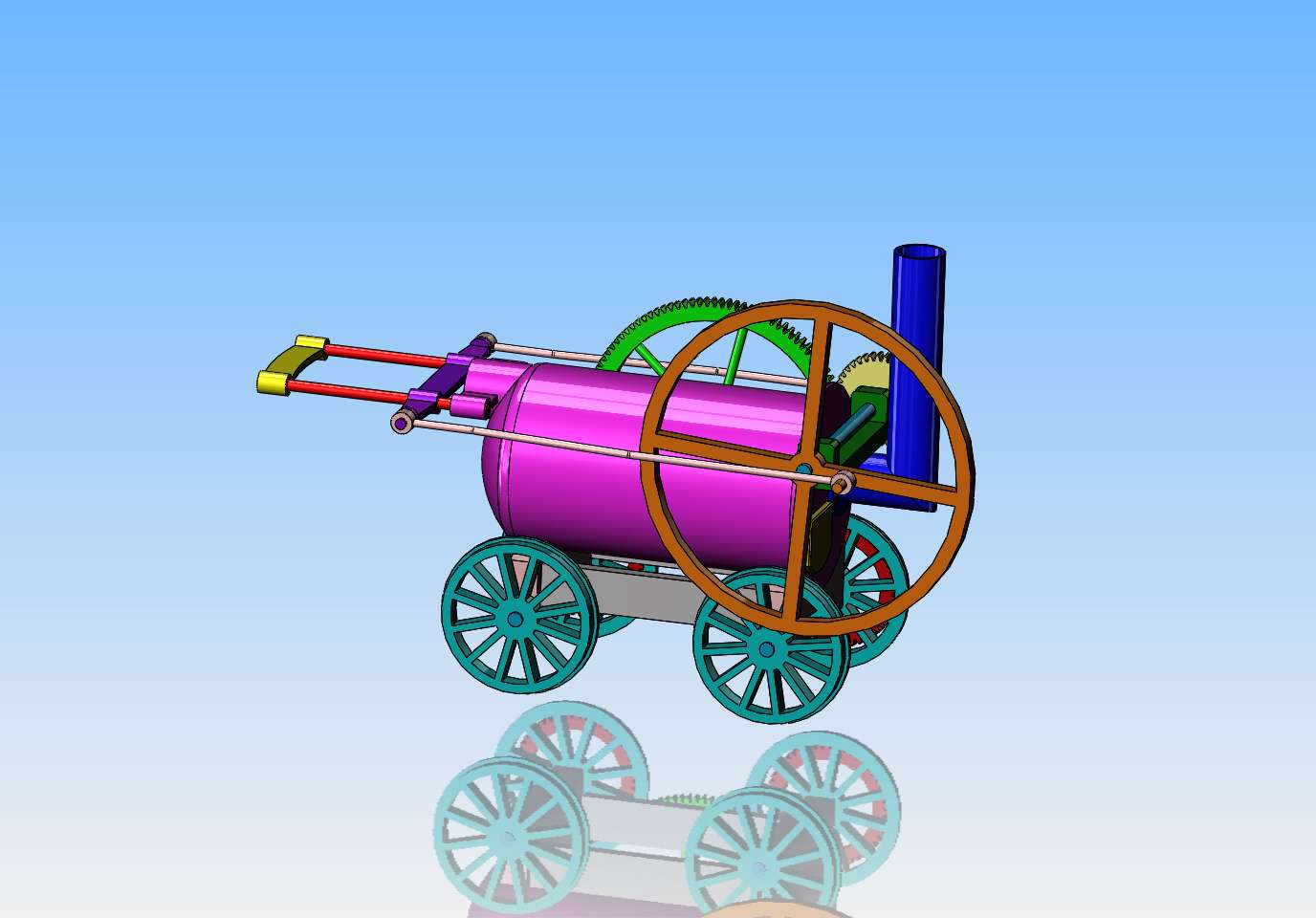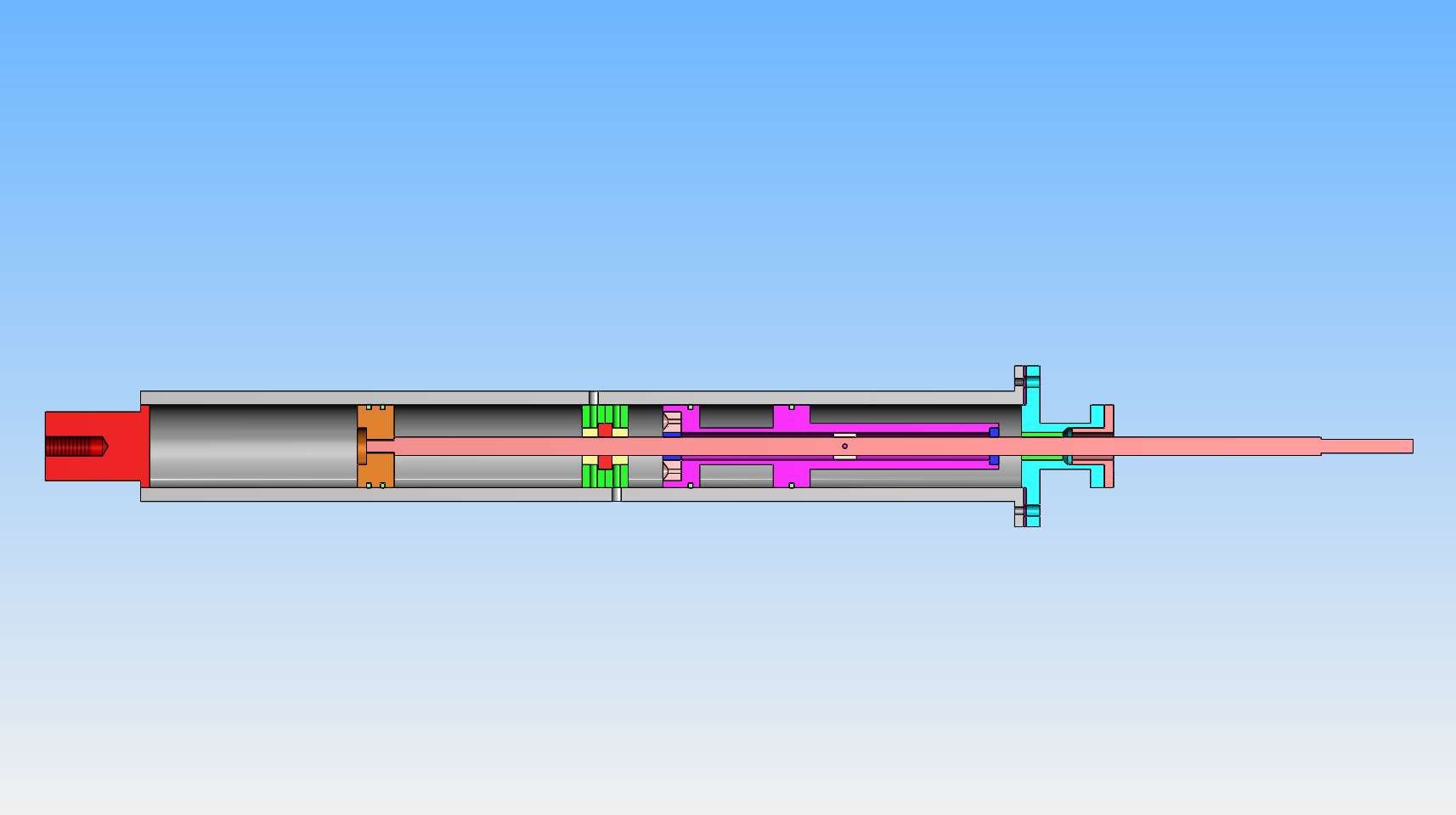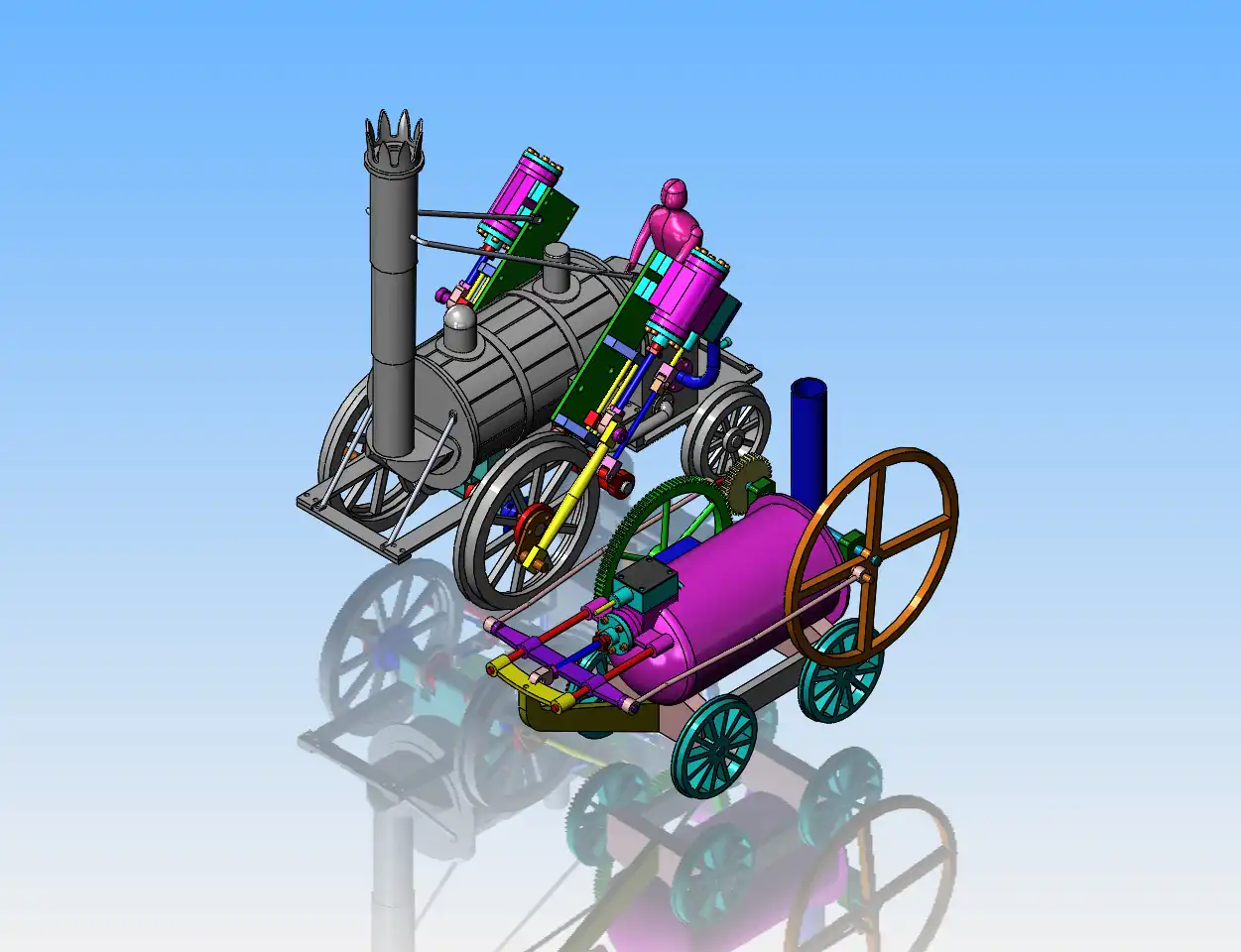The Trevithick was a train engine built in or about 1805. It did prove that it could carry ten tons of freight as well as passengers for a short period of time, but was so heavy that it kept breaking the tracks. Other associated failures, and then finally a boiler explosion which killed four men was the end of the Trevithick. Similar engines were used for pumping stations for a few years after that, but it never really caught on as a commercial engine either. Richard Trevithick, the man who designed this engine died in poverty as an old man. The external gearing and an absolutely enormous flywheel make it an ideal hobby engine to build, because there is so much visual stuff happening when this engine runs. It has a very interesting steam admission valve, which sets directly in line with the cylinder body itself. I have attached a beautiful rendering that was sone as a 3D model by someone. Julius DeWall of New Zealand made absolutely marvelous detail drawings of this engine, however I don't plan on my engine being nearly as complex as the drawings Julius made, so I will more or less be developing this one "from scratch".---Brian
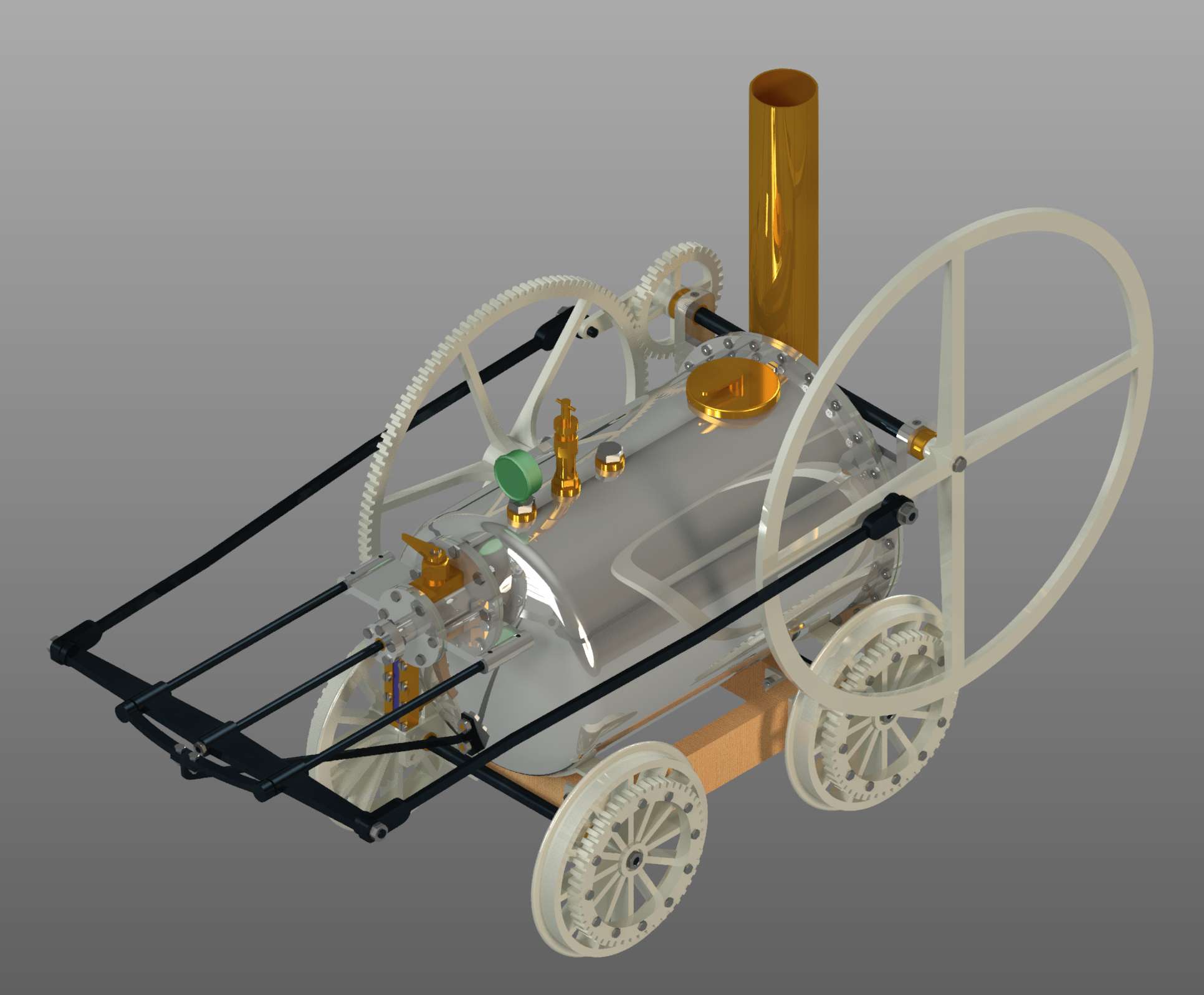






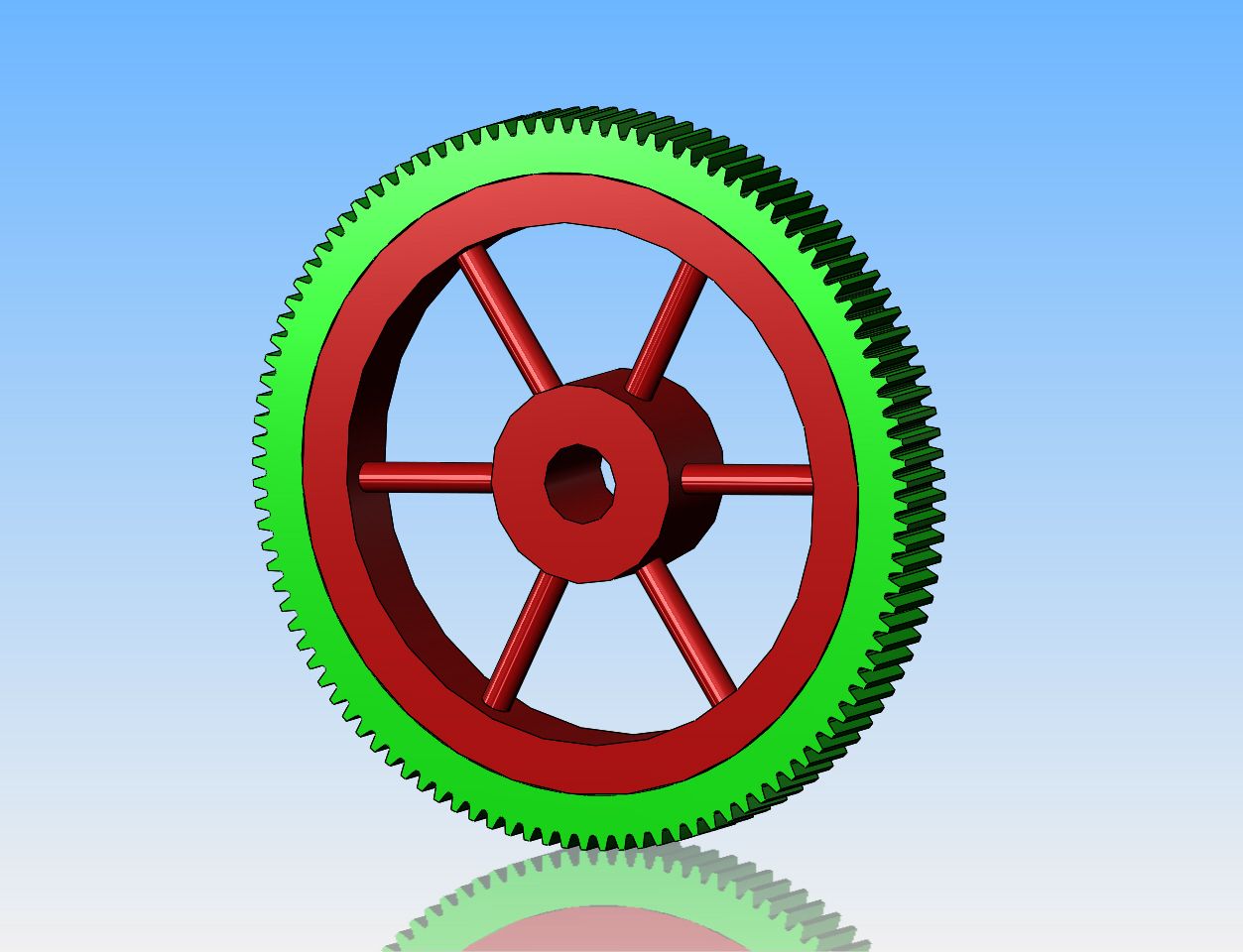
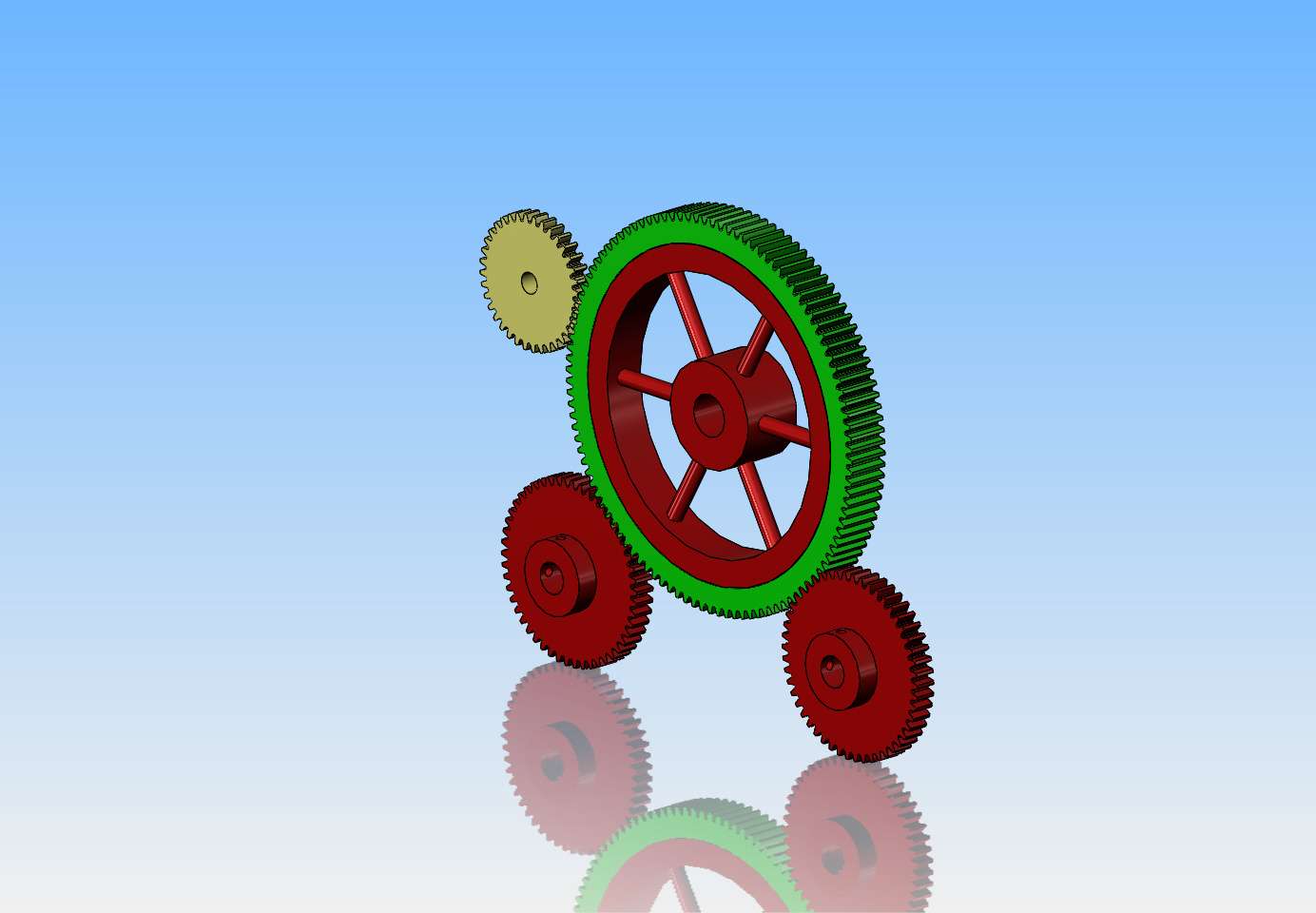
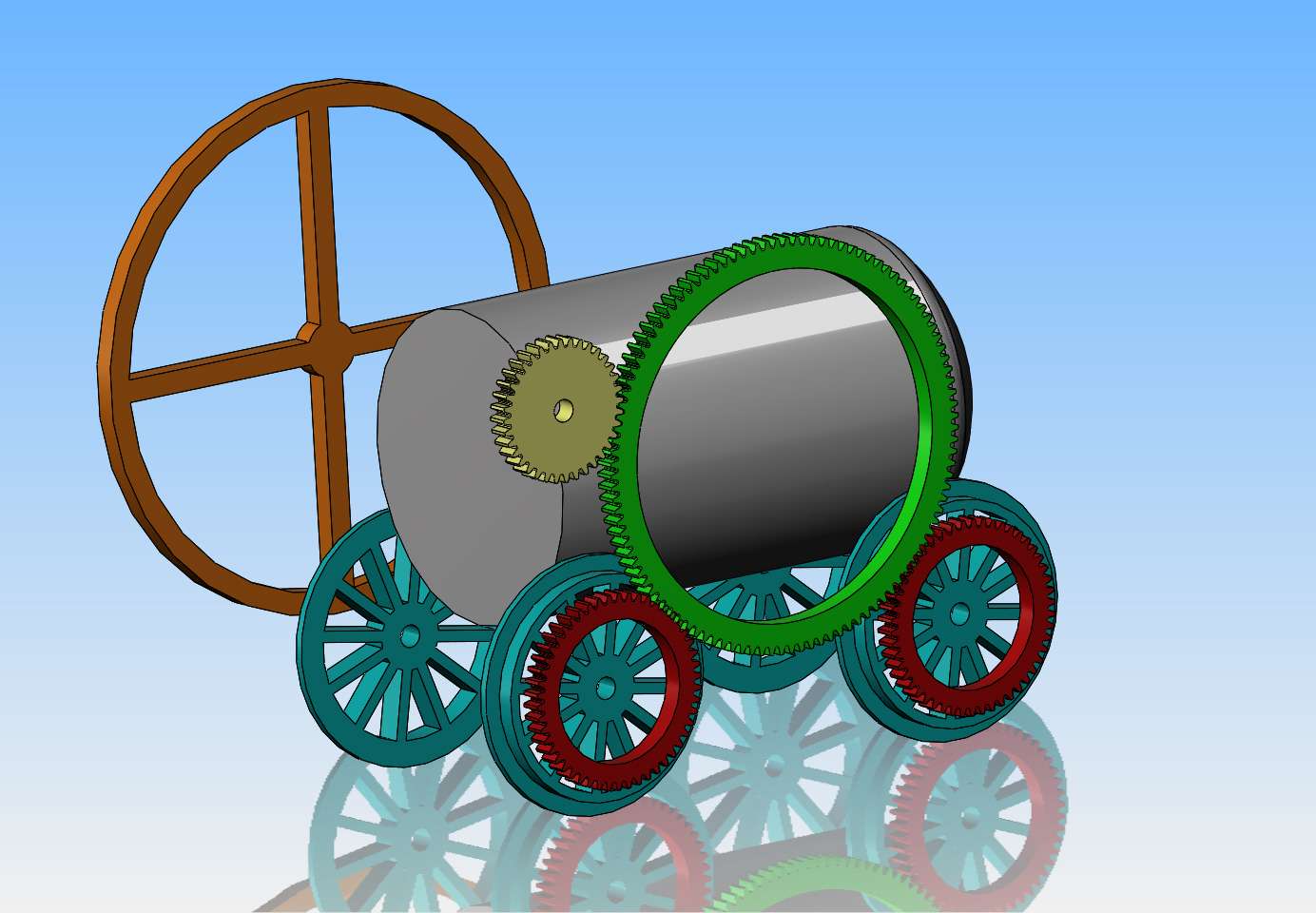
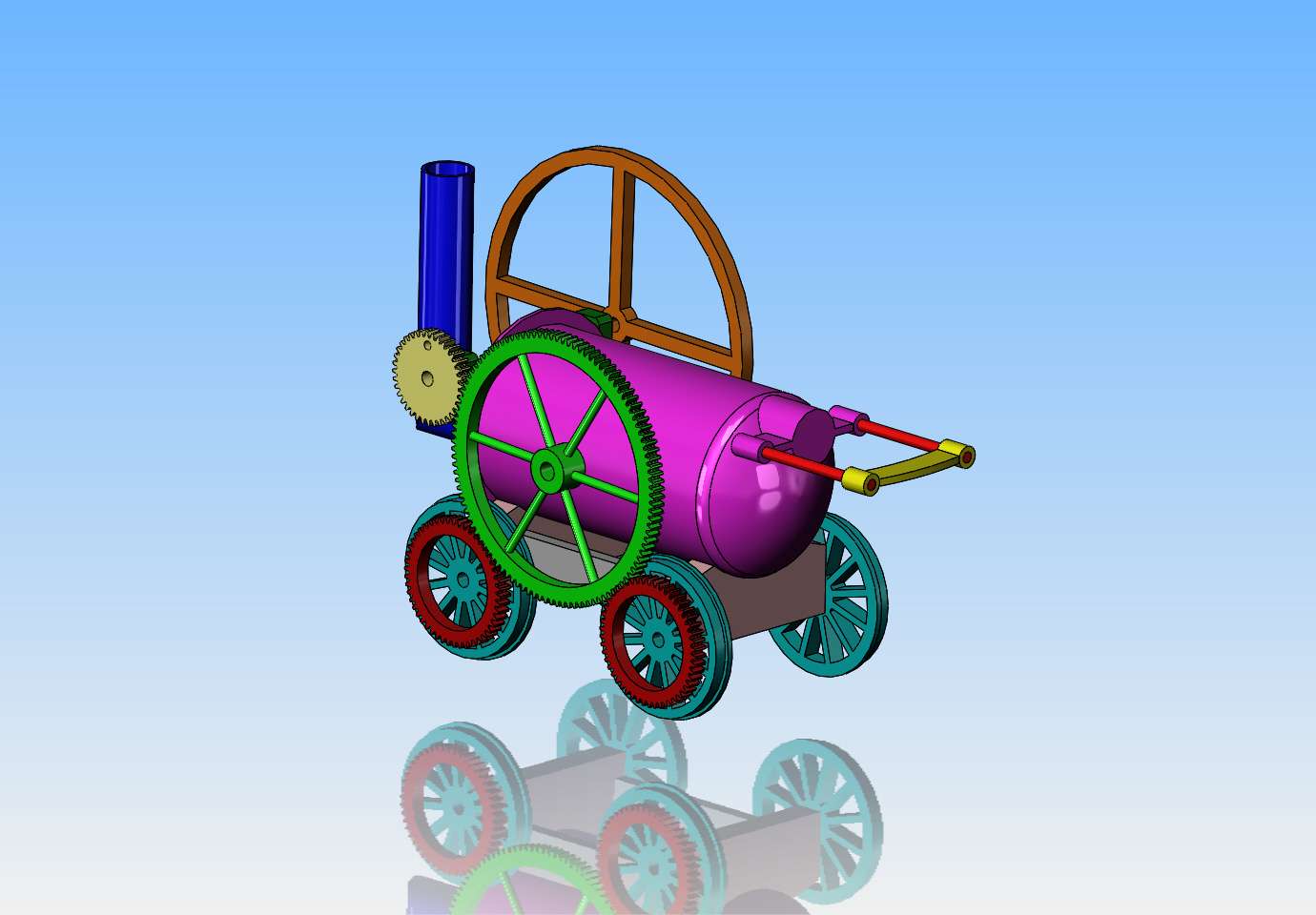
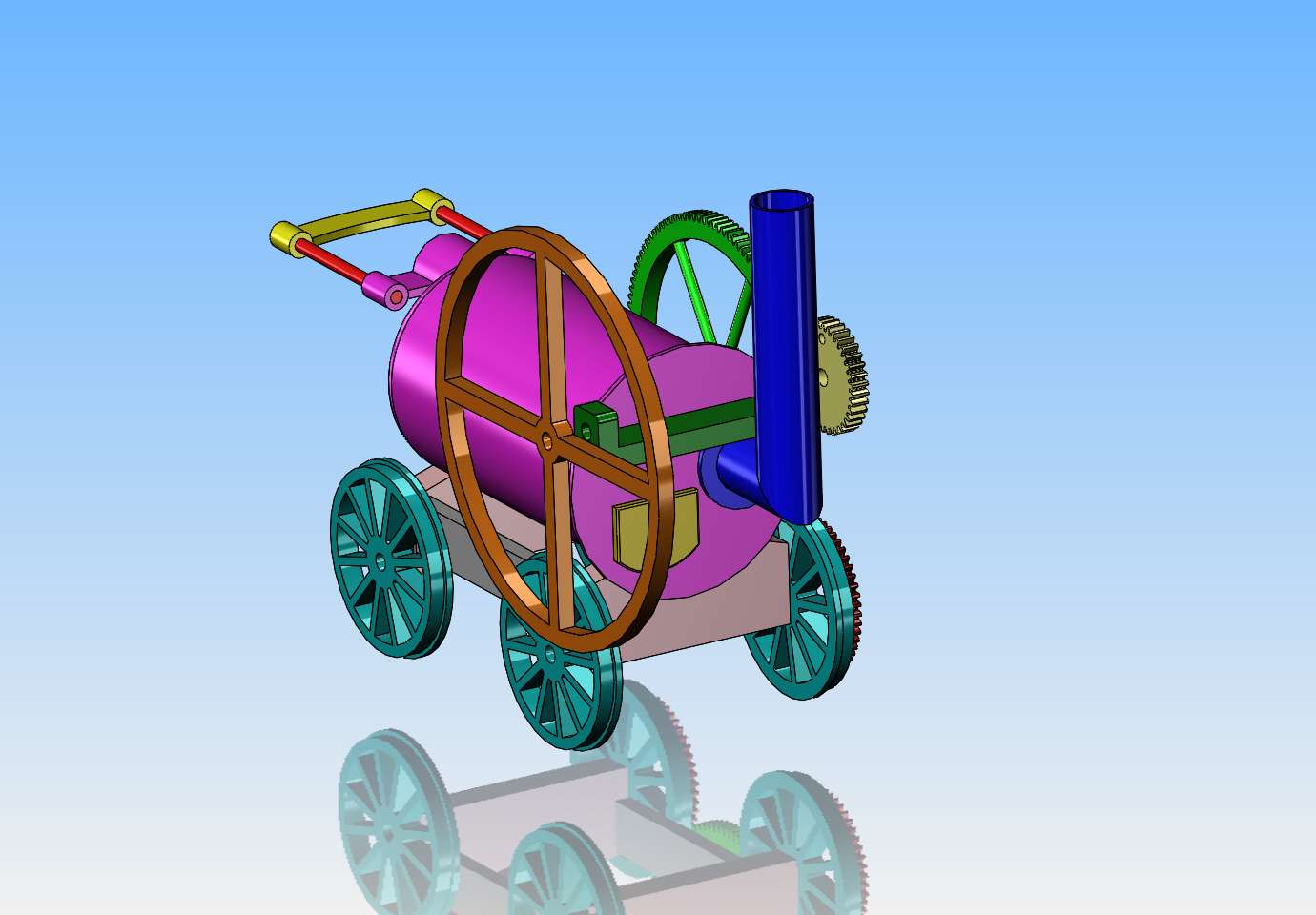
























































![DreamPlan Home Design and Landscaping Software Free for Windows [PC Download]](https://m.media-amazon.com/images/I/51kvZH2dVLL._SL500_.jpg)



